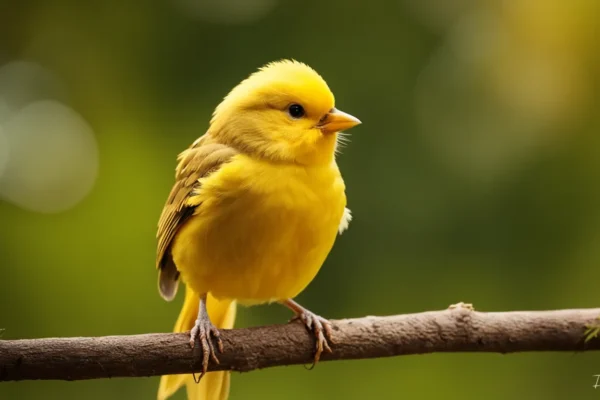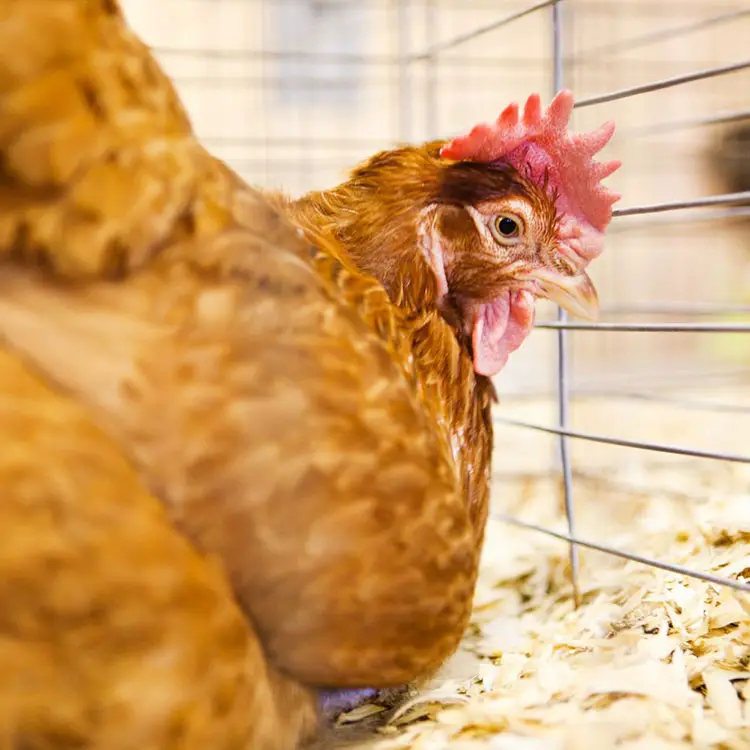The kiwi bird, beloved for its distinctive features and spherical, fluffy look, is the national emblem of New Zealand. However, how did this peculiar little bird come to have a fruit for a name? The fascinating example of mistaken identification shown by the kiwi bird’s name origin myth is worth exploring.
Because early European immigrants in New Zealand believed the brown, fuzzy look of the bird resembled the furry-skinned kiwi fruit, the kiwi bird was called after the kiwi fruit. Actually, the bird inspired the fruit’s name, not the other way around.
Europeans Noticed the Kiwi Fruit’s Similarity
In the 18th century, European settlers discovered a rare bird that was unlike any other they had ever seen when they landed in New Zealand. The settlers were immediately intrigued and captivated by this bird, which is now often referred to as the kiwi bird.
They saw some parallels between the bird and the kiwi fruit, which was also new to them, when they studied it in detail.
Settlers saw parallels between the fruit and bird.
European immigrants saw some remarkable parallels between the kiwi bird and the kiwi fruit, which is one of the major reasons the bird was named after the fruit. The brown, fluffy, oval-shaped bodies of the fruit and the bird attracted the settlers’ attention right once.
Their curiosity was piqued by the striking similarity.
The kiwi bird’s unusual appearance, with its big beak and tiny, spherical body covered in feathers that resemble hair, astounded the colonists. They were reminded of the kiwi fruit by its unique appearance, which was oval in form and covered in brown fuzzy skin.
Because of this amazing coincidence, the settlers named the bird after the fruit.
As a result, the bird got its name from the fruit.
The connection to the kiwi fruit became deeper as the settlers interacted with the bird more and learned more about it. They learned that the bird could only be found in New Zealand and had no other place in the globe.
In a similar vein, the kiwi fruit originated in the nation and has come to represent the distinctive flora of New Zealand.
The fruit and the bird came to be associated with the word “kiwi” throughout time. It evolved into a cherished national emblem and a representation of New Zealand’s identity. The kiwi fruit and bird are now well-known around the globe, and their common name serves as a reminder of the distinctive biodiversity that can be found in New Zealand.
Visit for additional details about the kiwi bird and its relationship to the kiwi fruit.
In Actuality, the Fruit Was Called First
The kiwi bird was not named after the kiwi fruit, despite popular belief. Actually, the reverse was true. In actuality, the fruit was given its name long before the bird appeared.
The original name for kiwi fruit was “Chinese gooseberry.”
The fruit that is now known as kiwi was once known as the “Chinese gooseberry.” Because of its Chinese roots and resemblance to the gooseberry fruit, it was given this name. Early in the 20th century, the fruit was first brought to New Zealand, where it immediately became well-liked.
In the 20th century, it was dubbed after the bird native to New Zealand.
New Zealand started exporting the fruit to other nations in the 20th century, particularly the US. But because the term “Chinese gooseberry” wasn’t particularly appealing to consumers, a rebranding was determined to be necessary.
The kiwi bird was selected as the new name for the fruit since it is a national emblem and endemic to New Zealand. The bird was a natural choice because of its distinctive look and affinity with New Zealand.
In addition, the name change was a calculated attempt to set the fruit apart from the gooseberry, which it was just aesthetically similar to.
Thus, the bird kiwi gave rise to the fruit’s name.
And so, the name “kiwi” was given to the fruit. It was influenced by the recognizable kiwi bird, which has come to represent New Zealand. The fruit’s taste, which is tart and sweet, its vivid green color, and its many health advantages have contributed to its global appeal.
You may visit https://www.kiwifruit.org/ to learn more about the history of kiwi fruit.
The Fruit and the Bird Are Confused
Confusion has long resulted from the connection between the kiwi fruit and the kiwi bird. Why these two apparently unrelated entities have the same name is a question that is often asked. We must examine the past of the fruit as well as the bird in order to comprehend where this misunderstanding first started.
Originally held belief that the fruit inspired the bird’s name
An early assumption that the kiwi bird was named after the kiwi fruit is one of the primary causes of the mistake. Due of the bird’s distinctive features and its connection to New Zealand, where the fruit is frequently produced, this myth developed.
Some people thought the bird’s name came from the way it resembled the texture and form of kiwi fruit.
But once the real source of the name of the kiwi bird was discovered, this explanation was refuted.
Actually, the bird is the source of the fruit’s name.
Despite what is often believed, the fruit’s name came from the kiwi bird, not the other way around. Originating in New Zealand, the kiwi bird is highly valued in Māori customs. The kiwi bird was considered a symbol of the Māori people and their nation’s distinctive biodiversity.
The kiwi fruit was originally known as the “Chinese gooseberry” when it was brought to New Zealand in the early 1900s. However, New Zealanders subsequently chose the term “kiwi fruit” as a means to honor their national bird because of its likeness to the kiwi bird and its rising popularity within the nation.
Over time, the incorrect relationship persisted.
The incorrect relationship between the kiwi bird and the fruit has endured throughout time, even after it was made clear that the bird had an effect on the fruit’s name. This is explained by the fruit’s extensive consumption around the globe and its appeal.
Because of this, a lot of people still think that the fruit inspired the bird’s name.
There Were Coincident Similarities Between the Two
Have you ever wondered why the cute New Zealand flightless bird is called a kiwi? The response, however, may surprise you. It turns out that there were some unintentional parallels between the kiwi fruit and the bird that gave rise to the bird’s name. Let’s explore the intriguing backstory of this relationship.
The kiwi fruit and bird are exclusive to New Zealand.
Kiwi fruit and birds are among the distinctive flora and animals of New Zealand that are well-known. The kiwi fruit, often called Chinese gooseberry, originated in China and arrived in New Zealand around the early 1900s.
The fruit thrived in the climate of the nation, especially in the Te Puke and Tauranga districts, where it is still commonly grown today. In a similar vein, the kiwi bird is indigenous to New Zealand and serves as the country’s emblem.
These common New Zealand roots laid the groundwork for the two eventually being connected.
Their dark, fluffy look made comparisons easier.
There is an obvious resemblance in the looks of the kiwi fruit and bird when you look at them more closely. The kiwi bird is distinguished by its tiny, round body and its fluffy, brown feathers. The kiwi fruit is similarly fuzzy and brown on the outside.
This physical similarity was a major factor in the two of them being connected. People began to confuse the brown feathers of the bird with the brown skin of the fruit, which naturally led to the hypothesis that they may have the same name.
This caused an incorrect association between their names.
The connection between fruit and the kiwi bird became stronger over time. Because of the bird’s similarity to the fruit, people began calling it “kiwis.” As a result, many mistakenly thought that the bird’s name came from the fruit.
Actually, the name of the bird existed before the kiwi fruit was brought to New Zealand. The bird was known as “kiwi” by the Māori, the native inhabitants of New Zealand, even before the fruit reached their territory. Nonetheless, the false belief was sustained by the two entities’ identical appearances.
So keep in mind the chance parallels between their names the next time you savor a wonderful kiwi fruit or observe one of these birds. It’s an amazing illustration of how peculiarities in nature may create surprising connections.
Final Thoughts
The naming of the kiwi bird after the kiwi fruit is a fascinating example of reverse association. The peculiar brown bird of New Zealand was regarded by early immigrants to have a similar appearance to the fuzzy kiwi fruit. Actually, in the 20th century, the fruit took on the name of the bird.
Their accidental facial resemblance created a false connection that linked their separate identities for all time.





